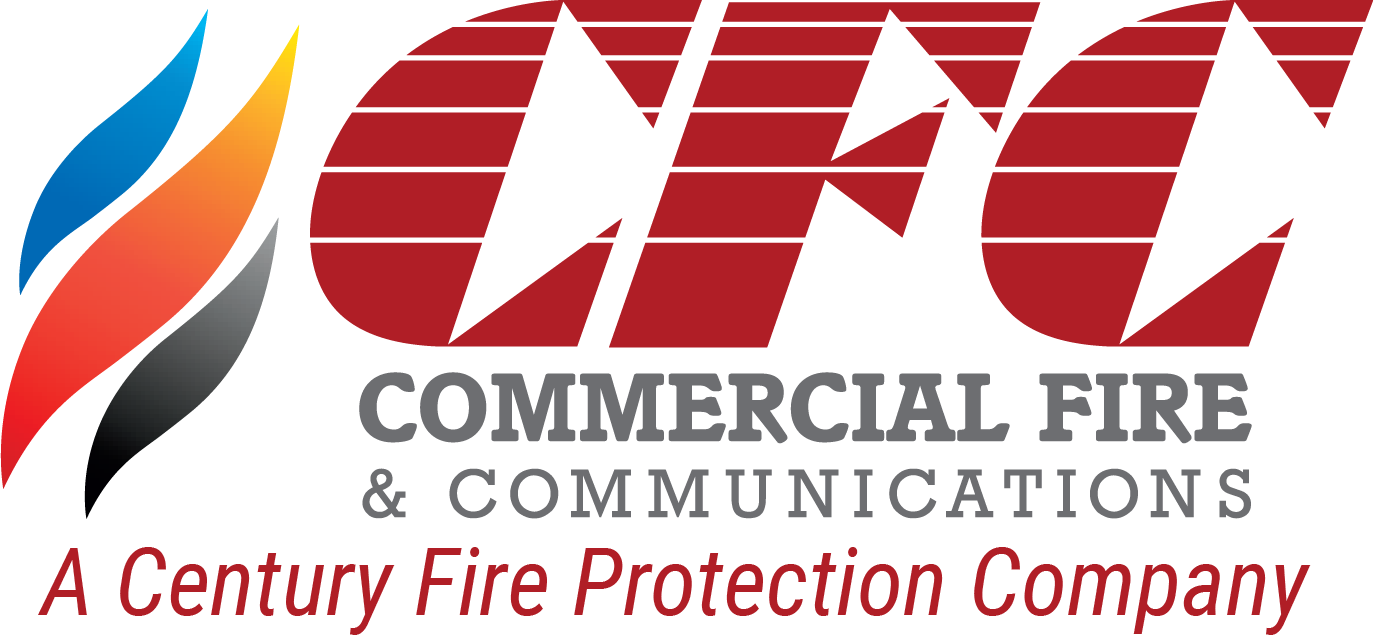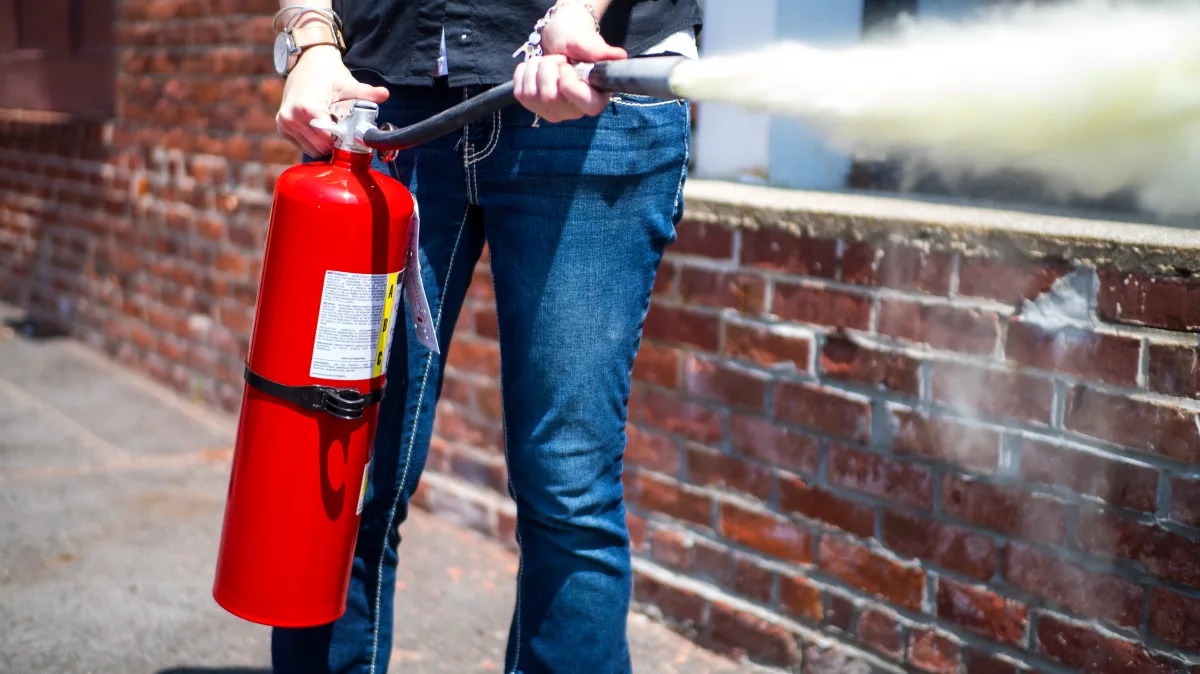Fire safety is a multi-faceted endeavor, requiring a combination of systems working together to protect lives and property. At CFC, we understand that each component of fire protection plays a vital role in creating a comprehensive safety network. This blog aims to shed light on the different types of fire protection systems and how they collectively form a life safety system.
Fire Alarm Systems
Fire Alarm Systems
The first line of defense in fire safety is often the fire alarm system. These systems are designed to detect fire and smoke, alerting occupants and emergency services promptly. Modern fire alarm systems range from basic smoke detectors to advanced systems that include heat sensors, manual pull stations, and mass notification systems. They are essential for early detection, which is crucial in minimizing damage and allowing for timely evacuation.
Emergency Exit Lighting
In the event of a fire, power outages are common, and visibility can be severely reduced due to smoke. Emergency exit lighting becomes critical under these conditions. This system includes signs and lighting that illuminate escape routes and exits, guiding occupants safely out of the building. These lights are typically wired to a backup power source, ensuring they remain operational even if the main power supply fails.
Sprinkler Systems
Often the most visible part of fire protection, sprinkler systems are designed to extinguish or control fires. Activated by heat, they can significantly reduce the spread of fire, buying valuable time for occupants to evacuate and for emergency services to arrive. There are different types of sprinkler systems, including wet pipe, dry pipe, deluge, and pre-action systems, each suited to different types of environments and fire hazards.
Suppression Systems
Suppression systems are specialized fire protection systems used in environments where water from sprinklers might cause more harm than good, such as in data centers or archives. These systems use chemicals, gases, or foam to extinguish fires without damaging sensitive equipment or materials.
Fire Extinguishers
Fire extinguishers are a critical first response tool, allowing for immediate action to control or extinguish small fires. Different types of extinguishers are effective against various classes of fires, which makes understanding and selecting the right extinguisher for the right location within a building crucial.
Collectively, these systems form a life safety system – an integrated network designed to detect, alert, and respond to fires. The effectiveness of this system relies not only on the individual performance of each component but also on their ability to work in conjunction. Regular maintenance, testing, and inspections are vital to ensure that every part of this life safety system is ready to perform in the event of a fire.
Conclusion
Understanding the different types of fire protection systems and how they work together is crucial in creating a safe environment. At CFC, we specialize in the installation, maintenance, and inspection of these systems, ensuring they function seamlessly when needed most. Remember, a comprehensive approach to fire safety, combining various systems, is the best strategy to protect lives and property from the devastation of fire.

